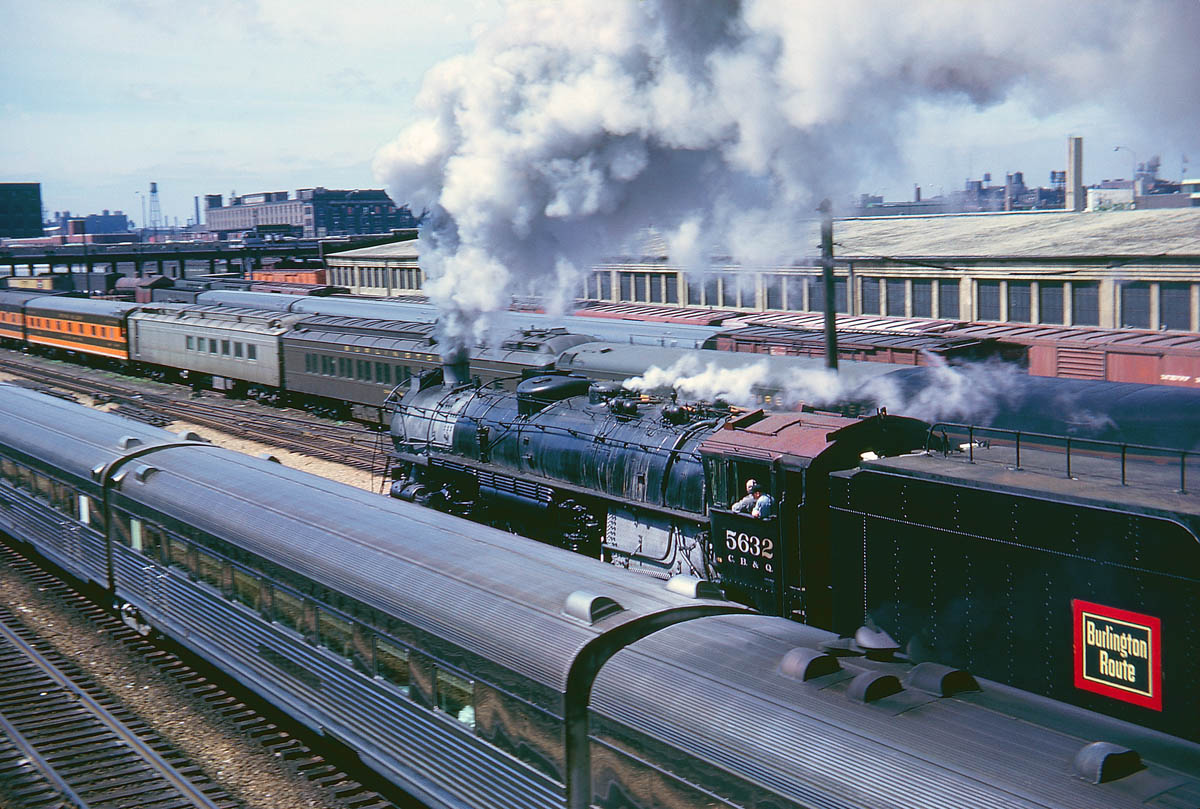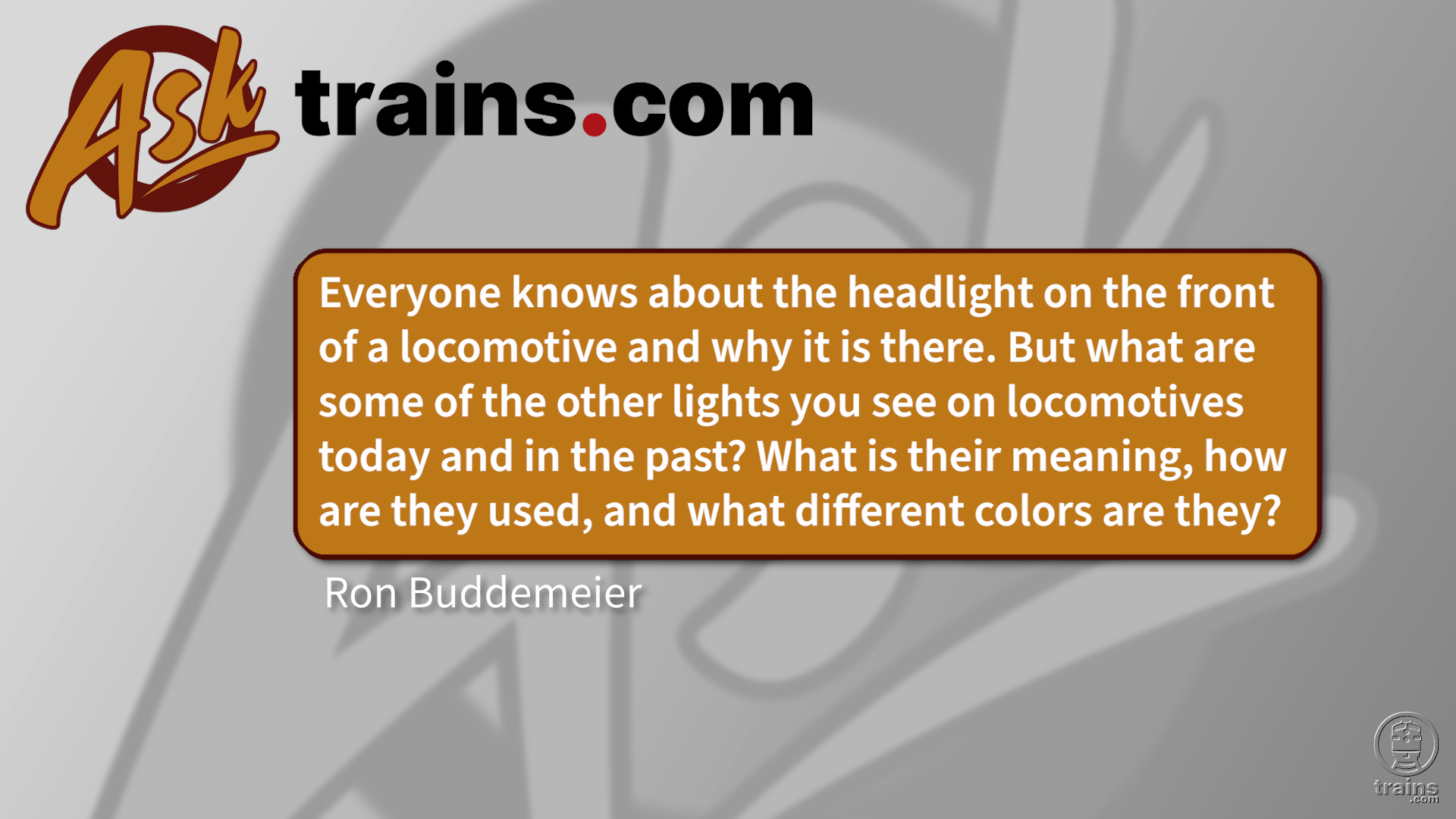A The cab roofs of some steam locomotives were painted red by certain railroads, both as a matter of style choice and also so the engines of a particular railroad could be easily spotted when they were working in large rail yards that handled several different railroads.
The paint on the smokebox and firebox was a different matter. Both of these surfaces are non-jacketed on steam locomotives, which means that paint would only burn off were it applied to these hot surfaces. Railroads routinely used mixtures of graphite powder and oil to cover these surfaces, which protected the surface from rusting and gave it a rich sheen. The amount of graphite that is mixed with the oil will determine if the coating is dark or takes on a lighter “silver” appearance.
Each railroad used its own mixtures of graphite and oil to give these surfaces the look that it wanted. If you mix silver paint with the graphite and oil before applying it, you can make the smokebox or firebox look like it is painted silver. – Martin E. Hansen, steam historian















I don’t think this really tells the whole story. Varying the amount of graphite might make a difference in color, but graphite is not silver in color. Silver pint can withstand higher temperatures than the lamp black and shellac that was often used to paint steam locomotives so it could be used to paint fireboxes and smoke boxes. The Southern Pacific sometimes painted somkebox fronts silver on the Salt Lake Division because they picked up alkali that changed the color anyway. The silver fronts were then adopted on the Daylight locomotives for aesthetic reasons. The somkebox sides and fireboxes were in much darker graphite and oil. In 1947 the Espee adopted silver smokebox fronts system wide presumably to improve visibility at grade crossings.
In the January 2018 Ask Trains Department, Martin E. Hansen answered a reader that a brace of water jets, under preserved UP 2-8-0 Number 535, removed sand from the rail after the drive wheels passed. I beg to differ, because: (1) Loose, dry sand has virtually no adhesion to a smooth steel railhead, and will quickly bounce and blow away, (2) What little sand remains on the rails behind the locomotive drivers might still be useful for braking the tender, (3) With water at a premium, and a plentiful supply of compressed air, why would water even be considered for clearing sand off of the rails, (4) Wet sand adheres, (5) I count not two nozzles, but at least eight nozzles, with only the two end nozzles looking like they could be pointed at the rails. So, why would water be squandered to soak the ties, between the rails? If it was necessary to open the firebox grates and drop the fire, away from a maintenance facility with an ash pit, soaking the hot ashes under a water spray would be needed, to prevent the wooden rail ties from igniting. Dan Medbury, Lancaster, Pennsylvania